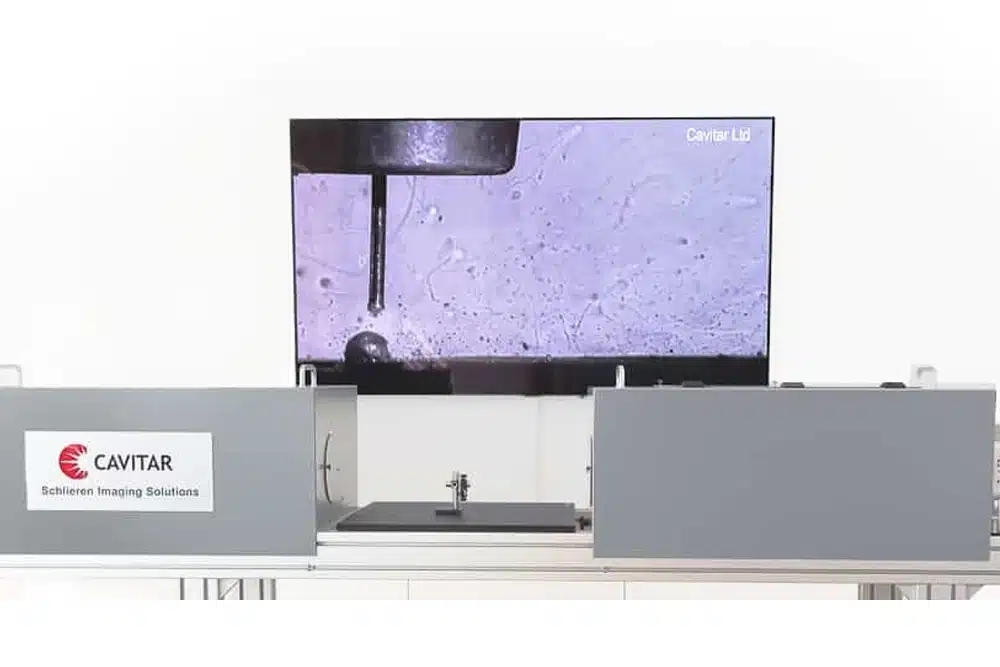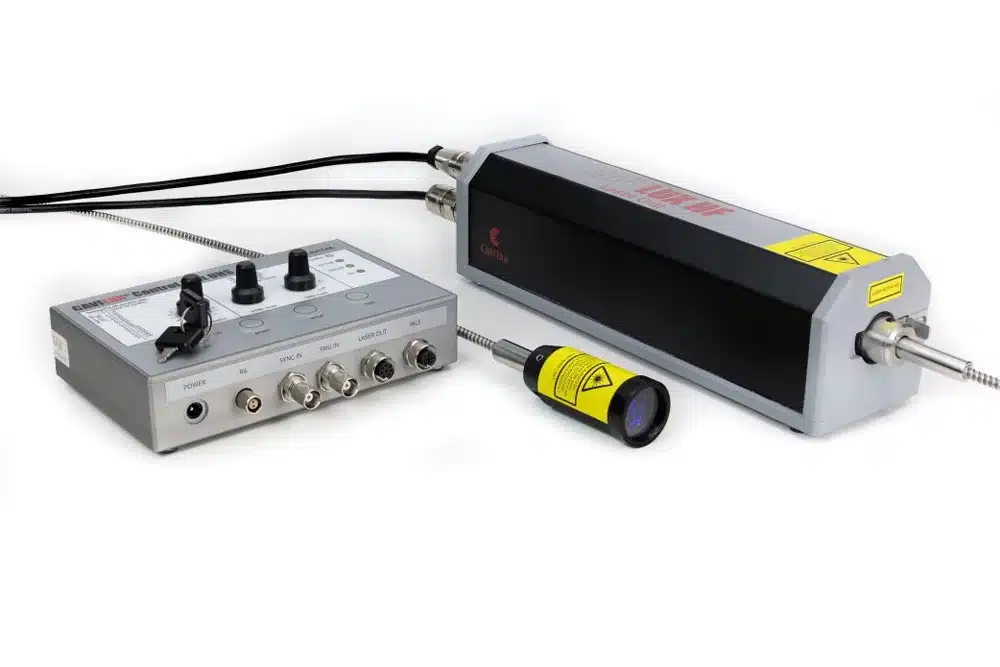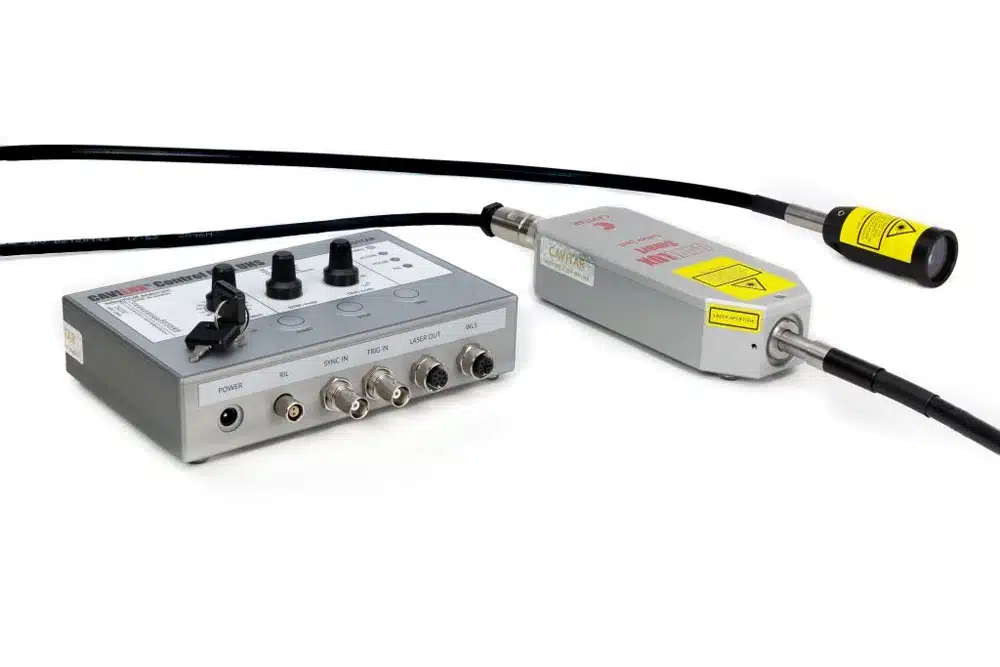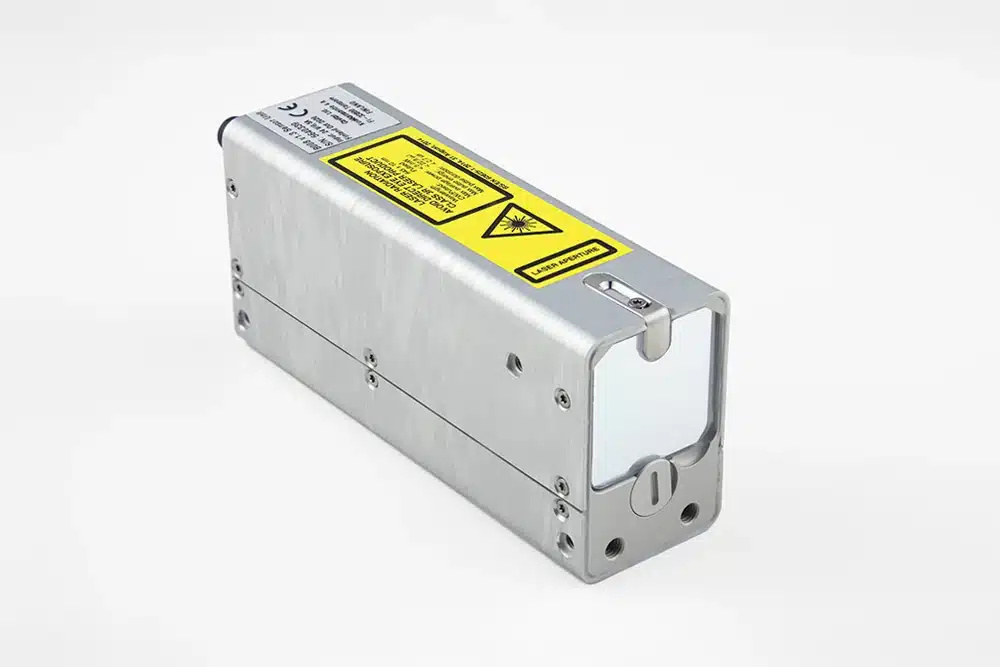Safer Welding: Healthier Welders
Welding plays a critical role in industrial manufacturing, yet it exposes workers to significanthealth risks. The intense brightness of the arc, toxic fumes, and physically demanding postures can all lead to long-term health issues. While protective equipment and ventilation systems have improved, new technologies are redefining welding safety by minimizing direct exposure to these hazards.
Eye Safety: Blinding Arc UV Radiation
Welding arcs emit extreme brightness and ultraviolet (UV) radiation, which can cause arc eye (photokeratitis), retinal damage, and long-term vision problems. Welders typically rely on protective helmets and special filters to reduce eye strain, but these solutions have limitations, especially for extended work periods. Remote monitoring solutions allow welders to observe the welding process without exposing their eyes directly to the arc, reducing the risk of eye fatigue and long-term damage.
Lung Safety: Toxic Fumes & Particles
Welding produces harmful fumes containing fine metal particles and toxic gases such as ozone and nitrogen oxides. Long-term exposure is linked to serious respiratory diseases like welder’s lung, chronic bronchitis, and neurological conditions. Even with proper ventilation, some work environments—such as confined spaces—make it difficult to avoid inhaling these hazardous substances. Solutions that enable remote operation and monitoring help reduce direct exposure, improving air quality for welders and creating a healthier workspace.

Ergonomics & Reducing Physical Strain
Many welding tasks require working in awkward positions, such as overhead welding, inside tanks, or in tight corners. Prolonged strain on the back, neck, and shoulders leads to chronic pain and musculoskeletal disorders (MSDs). Reducing the need for welders to be physically close to the workpiece allows for better ergonomics, minimizing discomfort and the risk of long-term injuries. Additionally, real-time visibility helps welders maintain precision without excessive repositioning, reducing fatigue.
Enhancing Safety in High-Risk Environments
Welders frequently work in hazardous conditions, including high-heat areas, poorly lit spaces, and elevated positions. The inability to clearly see the welding process in real time increases the likelihood of accidents, burns, and structural defects. Technologies that provide enhanced visualization and remote access contribute to a safer work environment by allowing operators to monitor welding quality from a secure distance, reducing risks associated with confined or high-risk areas.
Cavitar: A Solution for Safer Welding

To address these challenges, Cavitar Ltd. a Finnish innovative company from Nekala, Tampere has developed the world’s first ever Welding Camera with active laser illumination, resulting in a #ArcLessVision. Cavitar Welding Camera provides a crystal-clear view of the welding process for remote monitoring, reducing eye strain, fume inhalation, and physical stress on welders. The camera enables real-time process tracking, remote operation, and detailed post-event analysis, significantly improving both worker safety and welding quality. Cavitar products are proudly Designed, Engineered & Manufactured in Finland










